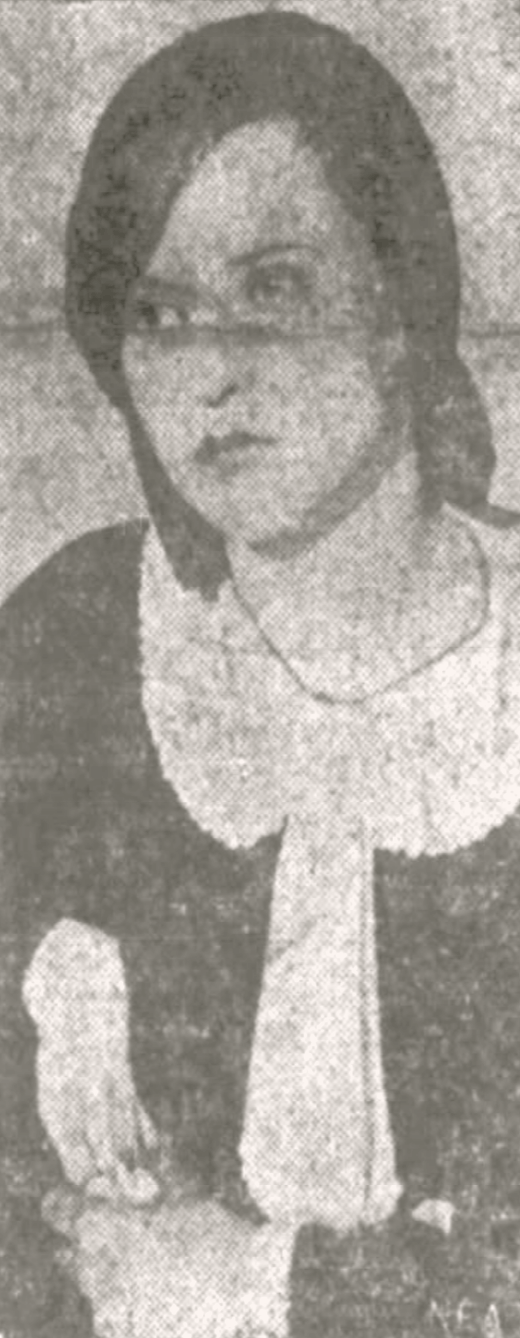Originally published in The Vidette-Messenger of Porter County on April 7, 1976.
Go Western In Bicentennial Project
By MARK HUMBERT
Decked in western attire and toting six-shooters, three Porter County Sheriff’s deputies will go about their normal duties beginning today, reflecting the past as Bicentennial police.
Patrolmen Walter “Chip” Yanta, William McGhee, and Robert Herring will be participants in a public relations project undertaken by the sheriff’s department through which some of Porter County’s past will be represented.
The three men will make public appearances and with Capt. Lawrence Pennell ー dressed in his modern-day uniform to show contrasting styles ー will make presentations about the history of law enforcement and Porter County before civic groups and school children.
Some of the first special events in which the men will participate will be the Law Enforcement Week program at Southlake Mall, and Fourth of July parades in Chesterton and Hebron. The three also plan to escort the Bicentennial wagon train through Porter County. They will continue to wear special uniforms until the end of the year.
In a news conference Tuesday, when the three men first publicly displayed their traditional western garb, Sheriff Jack J. Bradshaw Sr. explained that his group of Bicentennial officers is the first in Indiana but he picked up the idea by reading about a similar five-man group organized in the Seattle police department.
The men are dressed from head to toe in western clothing depicting the 19th century ー including replicas of six-shot firearms and holsters, purchased individually by the officers who volunteered for the program.
Their clothing ー two western-type shirts, hats, vests, boots, two pairs of pants and a special sheriff’s star ー was purchased through donations from local businesses. Cost was about $200 per man. Donations of four more shirts and pants are being sought.
“We chose costumes from the 1800s because Porter County was organized in 1836,” Bradshaw said. Calling cards printed for each officer in the program notes the organization of the county in 1836, the first sheriff, Benjamin Saylor and the present sheriff, Bradshaw.
Bradshaw noted that when he took the idea to members of his department they were generally receptive to it. Yanta, who coordinated the fundraising for the program, said every merchant contacted by the sheriff’s police was willing to donate. More sponsors are being sought so the men can obtain additional pants and shirts, Yanta said.
Research for the program was completed by Bradshaw and the four officers involved by visiting the library and Porter County Historical Museum archives and by speaking to former sheriffs Mike Crampton and Les Hineline.
“The presentations will be short and each man will speak to a specific topic he has researched,” Pennell said. “Some of the historical data included will be the date the county was organized, the first baby, the first sheriff and the first judge. We will tie in the history of the county as it relates to law enforcement.”
Most of the programs conducted by the men will be done in their off-duty time ー one reason Bradshaw said he selected volunteers from three different shifts.
They will also wear the uniforms on duty. When they make a traffic stop they will display their regular police identification and hand a motorist their Bicentennial calling card, which also briefly explains their appearance.
“There are no legal problems with the uniforms,” Pennell said. “The men are already authorized to make arrests in plainclothes and in four states west of here sheriff’s uniforms are very similar to the ones worn by these three men.”
The three have also practiced using their new firearms.
Patrolman Robert Herring said he volunteered because he believes the benefits derived from good police community relations created through the project will outweigh any ridicule.
“It gives me a chance to tell about our department,” Herring said.
Yanta and McGhee said the same idea led them to volunteer.
One thing none of the three volunteered to do was ride a horse. Only Herring has ever ridden one.
CONTRAST BETWEEN old and new is shown by modern uniform worn by Porter County Police Capt: Larry Pennell and western outfits of )from left) patrolmen Robert Herring, Walter Yanta and William McGhee. Yanta shows his replica of .44 caliber six-shooter as four officers involved in sheriff’s police Bicentennial project stand in front of old Porter County Jail.
(V-M: Jay Jarrett)




